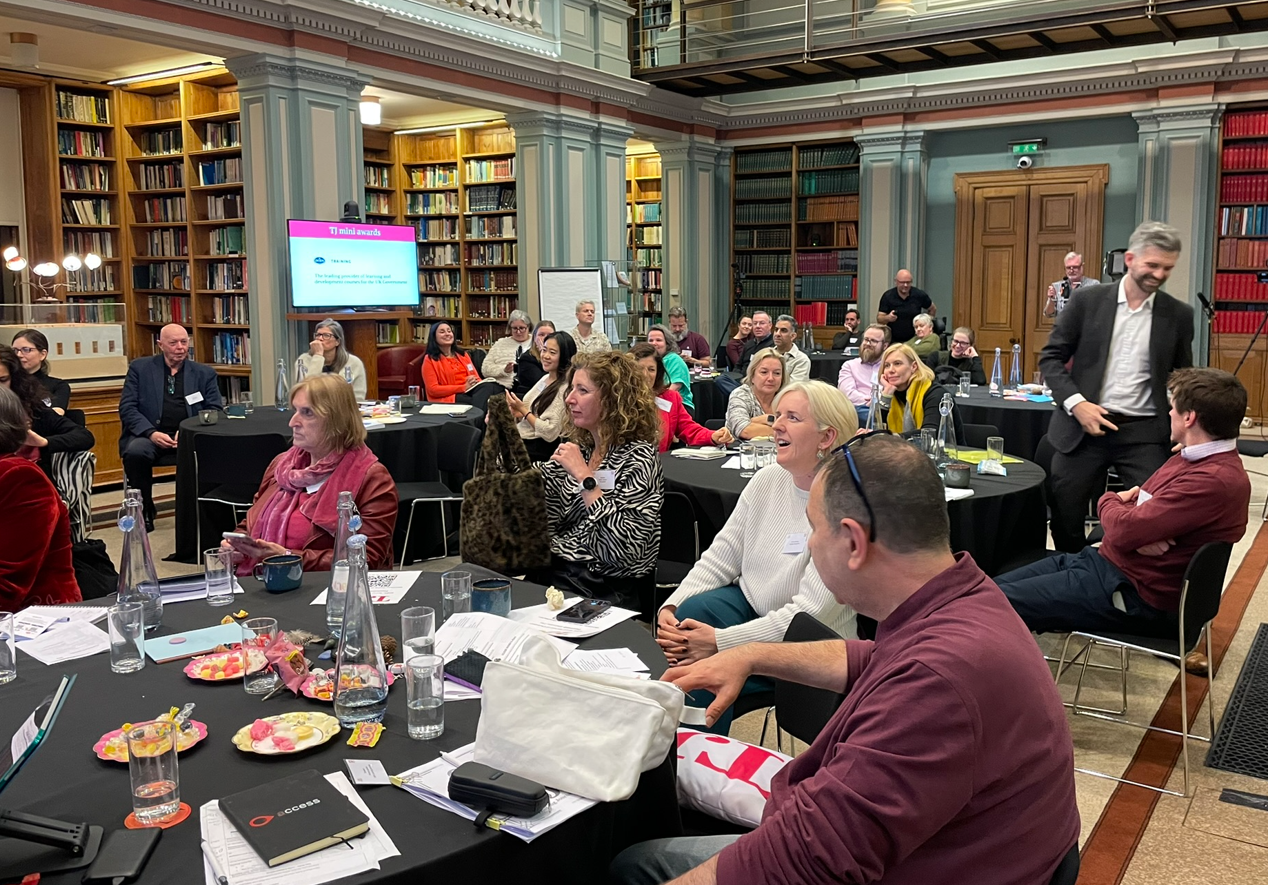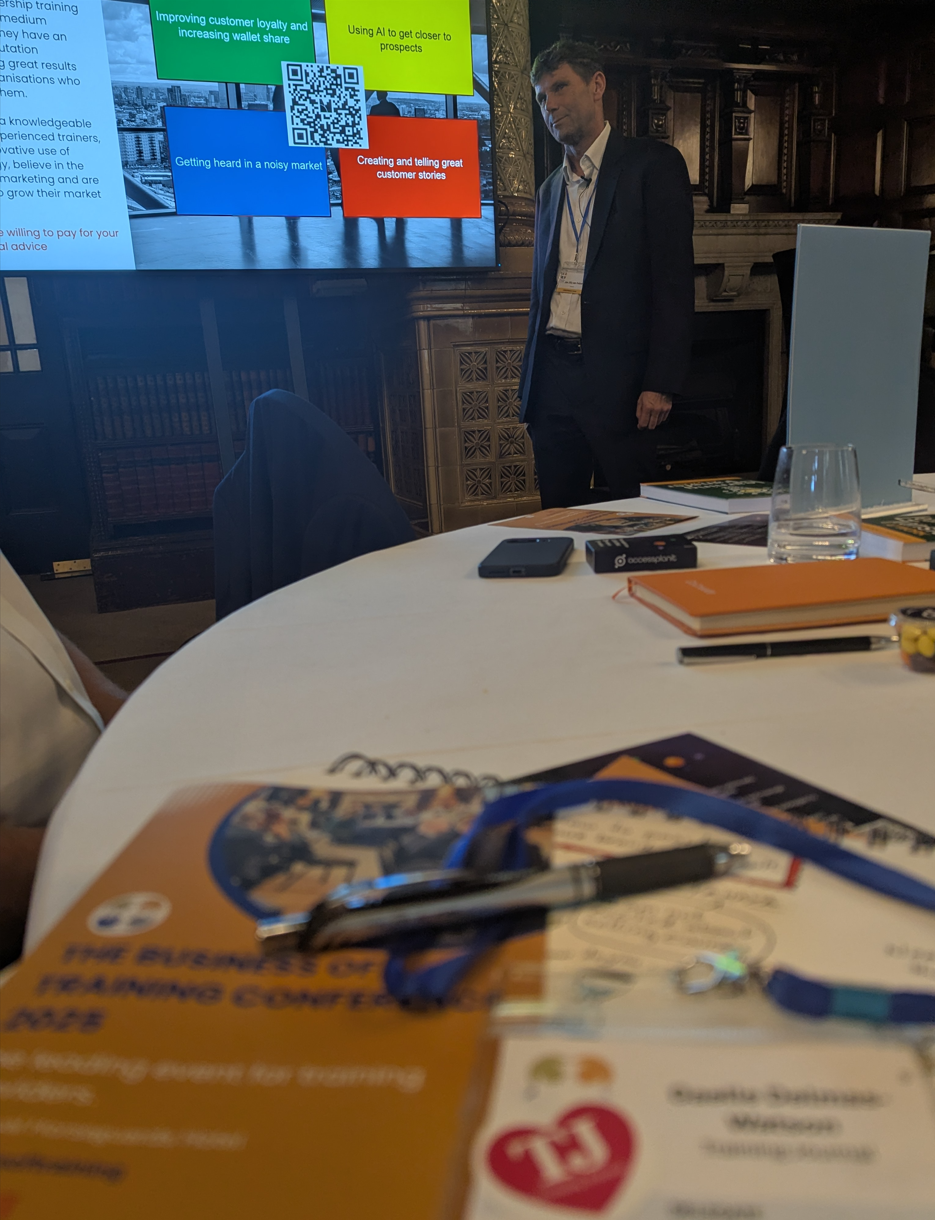VR and AR are in the rise, and we talk to expert Wendy Farrell about how L&D can benefit.
AR and VR seem to be having a moment in the cultural consciousness. Why do you think this is?
The rise of augmented and virtual reality (AR and VR) is increasingly apparent in today’s digitally driven business landscape. In fact, Juniper Research recently reported that 200 million mobile phones will be enabled with AR by 2018.
The training industry has remained fairly static in the last few decades, primarily focusing on the traditional ways to consume content – from print to video as well as audio and slides. As the technology revolution continues to gain speed, organisations now have the ability to engage people on a whole different level through tools such as AR and VR.
While AR’s most basic level consists of a QR code to access a piece of content, it now enables people to interact with that they see in the real world, ultimately changing their entire experience and perspective. For VR, even the simplest of experiences captures the audience’s attention, removing them from the ‘real world’ and instantly into a virtual scenario.
This is what’s giving AR and VR a ‘moment’ – the ability to transform and differentiate from more traditional types of consuming content.
If you’ve never used AR or VR, where do you start?
From Samsung Gear to Google Daydream, a unique use case of AR and VR is bringing these innovations into corporate development to transform training and development processes. However, if an organisation or training team has never used AR or VR, it’s crucial that they experience it first-hand.
The first step is to identify an application that captures your attention the most – this can be anything, from Pokémon Go to Google Earth, or a furniture app like IKEA or Wayfair to visualise interior design. From there, teams should adhere to the following roadmap:
- Choose the use case or approach (is it customer facing or for an internal process?)
- Identify constraints and challenges
- Define the technology (AR or VR)
- Secure budget and buy-in
- Build and test
- Roll out and manage changes
- Implement ongoing updates and maintenance
Following these initial steps will allow organisations to understand how AR and VR works at the most basic level and successfully implement it into training situations across the board.
Click here to take the TJ survey and get three months free digital subscription to TJ plus the chance to win an Amazon Echo
Give us two or three real world applications of AR and VR.
AR and VR can help make the training process more efficient and effective for all learners, by making information easily understandable, simplifying complex tasks and increasing productivity, as well as removing any language barriers to create a work culture that is more consistent and accessible. A few real-world applications of AR and VR include:
AR is centred around performance support, and one of the best use cases is helping employees visualise an overlay of a procedure in the real world. For example – in sales, an employee can use AR to gather and understand the latest product details and key concepts prior to meeting with a customer.
For someone who is learning how to maintain a car, AR helps a learner better understand which part is for engine oil, or how to check for transmission fluid.
On the other hand, VR provides an immersive experience, with a higher degree of control. It’s a great tool, especially in situations that are considered ‘high risk, high reward’. For example, a pilot learning how to safely land a plane, or an emergency medical technician providing patient care. ‘
With a virtual environment, VR can help learners better experience – and succeed – during high stress experiences.
Onboarding seems like a natural fit for VR. Does this mean a more streamlined HR department?
While VR will help enhance HR operations’ productivity and efficiency, it won’t remove the demand. Instead, VR can streamline mundane tasks, enabling HR departments to free up more of their time to focus on complex issues that they previously wouldn’t have time for—all while providing a more engaging experience for employees/trainees.
Any final thoughts?
As more and more technologies – from gaming to mobile, and now AR and VR – continue to emerge and impact businesses across all industries, it’s important that organisations choose the right implementation that best fits their needs, and not just because it’s available or new.
By being more selective, businesses can ensure they build the right solutions that align with its goals and objectives.
About the interviewee
Wendy Farrell is director of content solutions at Lionbridge.



